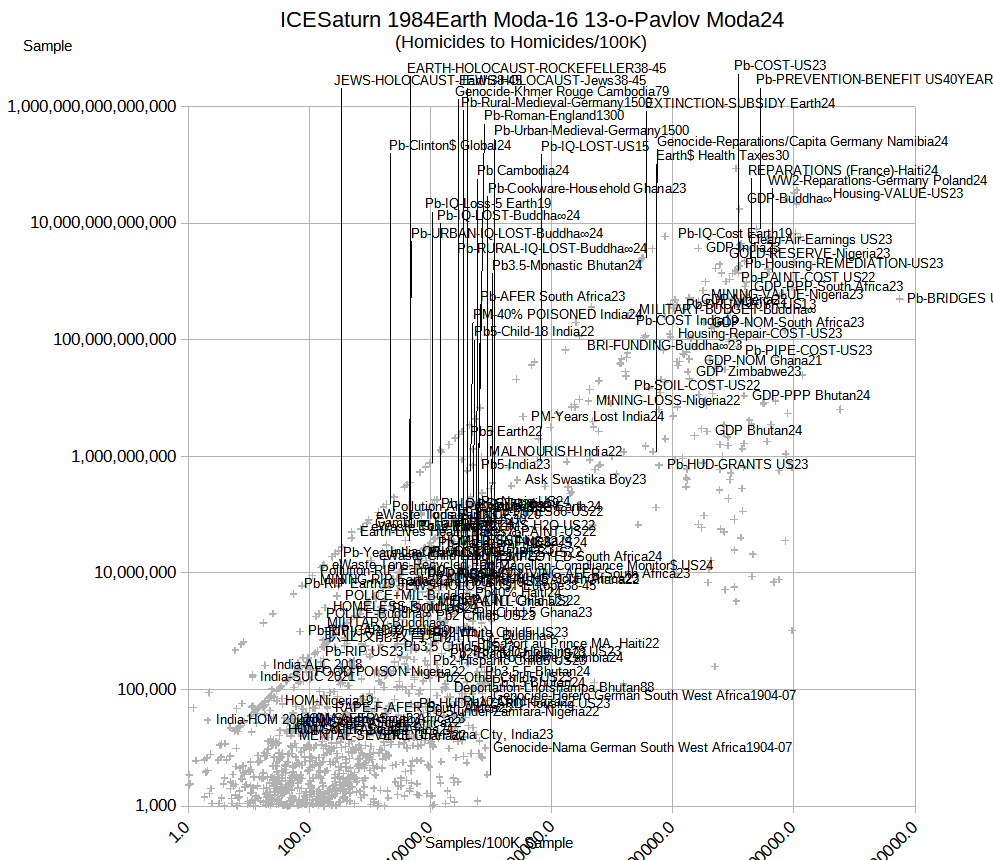
Removing lead from the global economy
Prof Stephen P Luby, MDa sluby@stanford.edu ∙ Jenna E Forsyth, PhDa ∙ Prof Zafar Fatmi, MBBSd ∙ Mahbubur Rahman, MBBSe ∙ Jesmin Sultana, MPHe ∙ Prof Erica L Plambeck, PhDa∙ et al. Show more
Summary
Lead, an element toxic to countless biological processes, occurs naturally in the earth's lithosphere and is geologically sequestered from the biosphere at the earth's surface. When humans remove lead from the lithosphere and distribute it throughout the economy, its toxic effects impact throughout the web of life. Lead mining and manufacturing is a small industry that generates enormous harms. Lead impairs the growth, development, and reproduction of microbes, insects, plants, and animals. The annual human costs of lead exposure include 5·5 million premature adult deaths from cardiovascular disease and US$1·4 trillion in losses to the global economy from lead impairing children's cognitive development. Although the lead industry touts lead as the most recycled metal, most recycling occurs within countries that are incapable of enforcing environmental regulations. Millions of metric tonnes of lead are dispersed into the environment each year, disproportionately in low-income and middle-income countries. Substitutes for lead in the economy are available and we should act in the best interests of the planet and human health by eliminating lead from the global economy by 2035.
https://www.thelancet.com/journals/lanplh/article/PIIS2542-5196(24)00244-4/fulltext

Comments